This article offers helps you to understand the HVAC chiller maintenance on weekly and annual schedules and their checklist.
Chiller Maintenance
Operating your chiller at its peak efficiency not only saves energy but also minimizes maintenance costs.

Weekly Maintenance: What You Need to Do
The following points are to be covered in the weekly maintenance of a chiller unit.
1. Compressor Oil Level
Ensure the oil level is visible through the sight glass while the machine is running at full load. Allow the compressor to function for 3-4 hours before adding any oil and recheck every half an hour. If the level isn’t as expected, seek help from a professional refrigeration mechanic.
Note: In units with tandem or trio scroll compressors, the oil level should be checked when the compressors are off as the running oil level may not be accurate.
2. Oil Top-up
Remember, overcharging the compressor with oil can be as damaging as not having enough oil. Always consult a professional technician before topping up and use only the oils recommended by the manufacturer.
3. Oil Pressure
Regularly monitor the oil pressure.
4. Refrigerant Flow
The flow of liquid refrigerant through the sight glass should be steady without bubbles. The presence of bubbles indicates a low charge, a potential leak, or a restriction in the liquid line, which requires immediate attention from a qualified technician.
5. Operating Pressures
Check if the operating pressures are higher or lower than the initial recorded pressures when the machine was first used.
6. System Inspection
Inspect the entire system for any anomalies such as a noisy compressor, loose casing panels, leaky pipes, or vibrating contacts.
7. Record Keeping
Keep a record of temperatures, pressures, dates, times, and any other observations in the service log.
8. Leak Detection
Performing a leak detection test is highly recommended.
Annual Maintenance
The following are to be covered in the annual maintenance of a chiller unit.
1. Inspection of Valves, Piping, and Filters
Inspect all valves and piping. Clean the filters and condenser tubes if needed. Also, ensure the chilled water piping filters are clean.
CAUTION: The chilled water circuit may be pressurized. Always observe necessary safety measures when depressurizing the circuit before opening it. Failure to do so can lead to accidents and injuries.
2. Surface Cleaning and Repainting
Clean all corroded surfaces and repaint them as required.
3. Chilled Water Circuit Check
Inspect the chilled water circuit for any leaks. Additionally, check the functionality of the water circulating pump and its ancillaries. Verify the antifreeze percentage in the chilled water circuit and top up if needed.
4. Comprehensive Maintenance
Perform all the weekly maintenance tasks. At the start and end of each year, including the seasonal shutdown or restarting procedure, depending on the season. These inspections should cover:
- Checking contacts of motor contactors and control devices
- Verifying the adjustment and operation of each control device
- Conducting an oil acidity analysis and recording the results
- Changing the oil, if required
- Following LENNOX’s recommendations for compressor oil
- Performing a refrigerant leak test
- Checking motor winding isolation
With the help of this guide, maintaining your chiller’s optimum performance can become an easy task. Happy maintenance!
Read Next:
- Types of HVAC Chillers
- HVAC Heat Transfer Loops
- Automation used in HVAC
- HVAC Objective Questions
- Valves in HVAC System

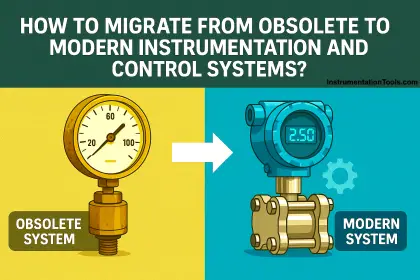
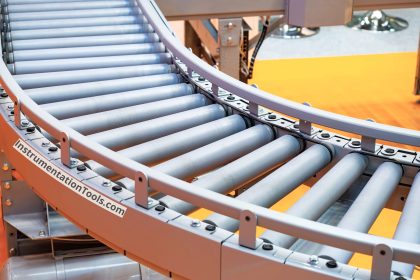
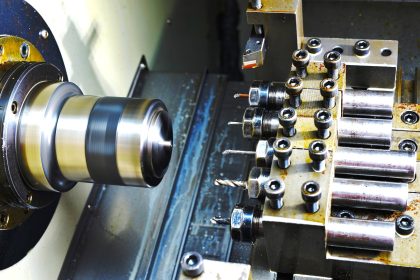
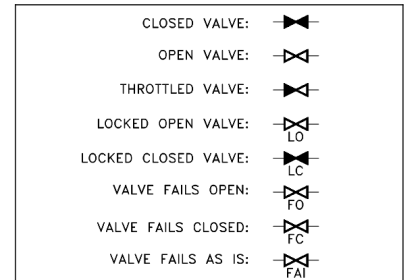
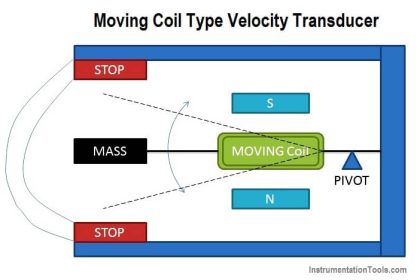
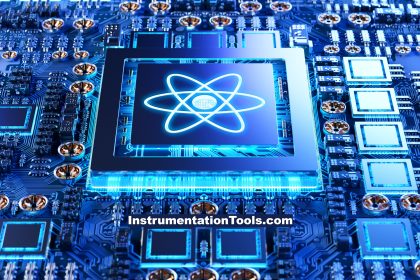
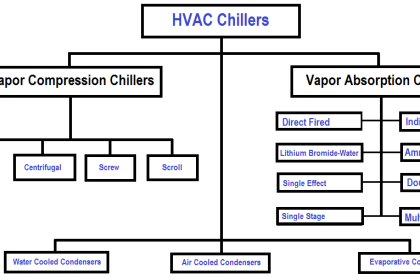
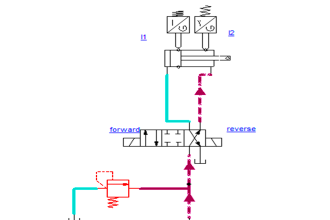
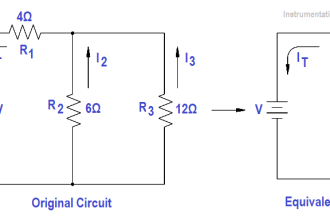
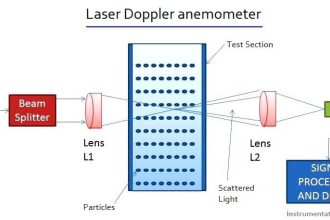

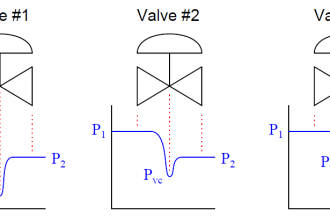
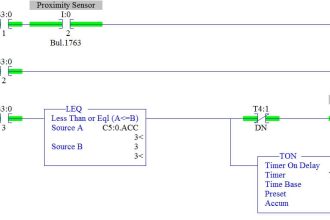

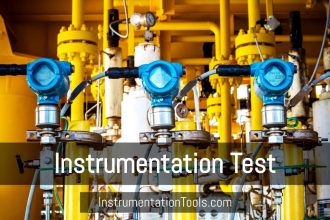

Dears
Thanks for your maintenance instruction.
I want and appreciate to know about installation and the setting of thd driver parameters for start up of the electric expansion valve
Thanks before